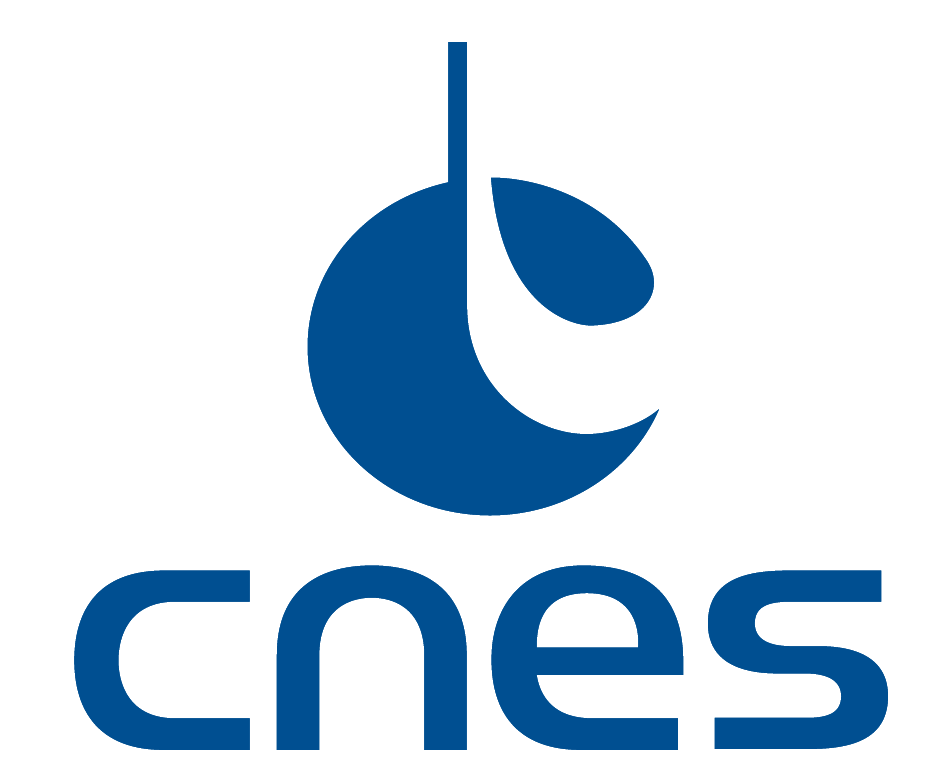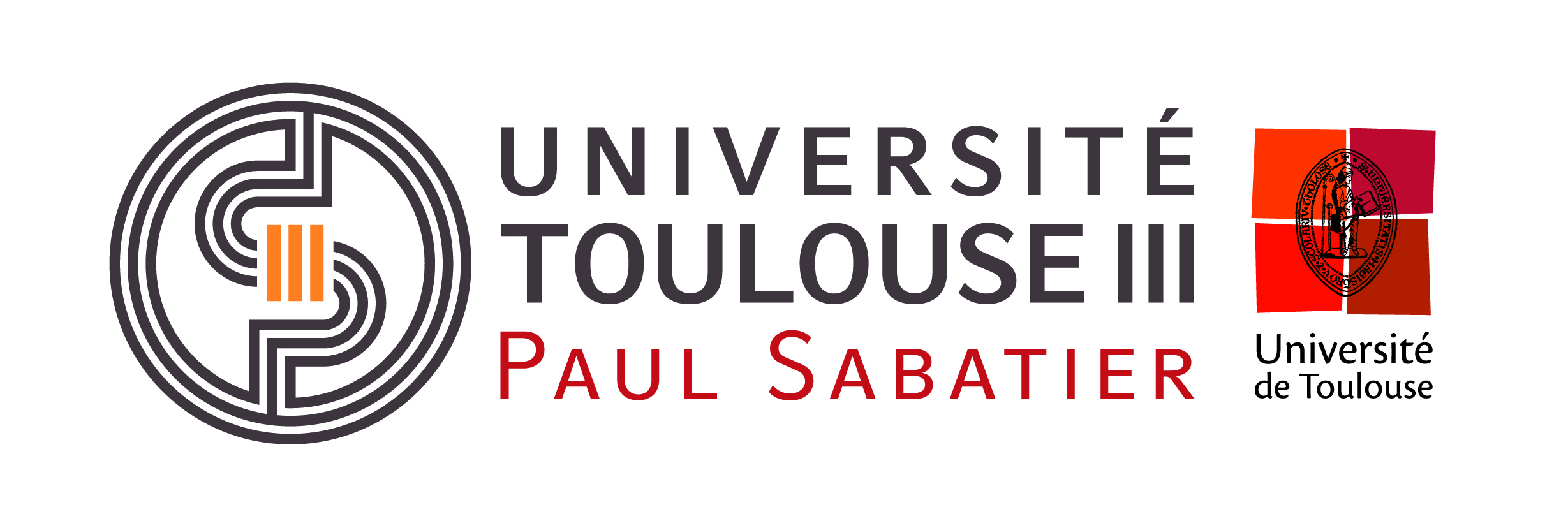Congratulations to Nitu Ojha who successfully defended her thesis « Soil moisture retrieval at high spatio-temporal resolution: a new synergistic approach using active/passive microwave and optical/thermal remote sensing data. »
on Monday, November 15 at 10 am in the Conference Room of CESBIO, in front of the jury composed of :
– Mercedes Magdalena VALL-LLOSSERA FERRAN (Universidad Politécnica de Catalunya/ETSETB, Barcelona) – Reviewer
– Pierre-Louis FRISON (Université Gustave Eiffel/LaSTIG-UGE/IGN, Paris) – Reviewer
– Nicolas BAGHDADI (INRAE/TETIS, Montpellier) – Examiner
– Jean-Louis ROUJEAN (CNRS/CESBIO, Toulouse) – Examiner
– Mehrez ZRIBI (CNRS/CESBIO, Toulouse) – Examiner
– Olivier MERLIN (CNRS/CESBIO, Toulouse) – PhD advisor
And in the presence of Maria José ESCORIHUELA (isardSAT, Barcelona), who also supervised my thesis work.
Abstract :
SMOS and SMAP passive microwave sensors provide soil moisture (SM) data at 40 km resolution every 2-3 days globally, with a 0-5 cm sensing depth relevant for climatic and meteorological applications. However, SM data would be required at a higher (typically 100 m or finer) spatial resolution for many other regional (hydrology) or local (agriculture) applications. Optical/thermal and radar sensors can be used for retrieving SM proxies at such high spatial resolution, but both techniques have limitations. In particular, optical/thermal data are not available under clouds and under plant canopies. Moreover, radar data are sensitive to soil roughness and vegetation structure, which are challenging to characterize from outer space, and have a repeat cycle of at least six days, limiting the observations’ temporal frequency.
In this context, the leading principle of the thesis is to propose a new approach that combines passive microwave, optical/thermal, and active microwave (radar) sensors for the first time to retrieve SM data at 100 m resolution on a daily temporal scale. Our assumption is to rely on an existing disaggregation method (DISPATCH) of SMOS/SMAP SM data to meet the target resolution achieved by radars. DISPATCH is originally based on the soil evaporative efficiency (SEE) retrieved over partially vegetated pixels from 1 km resolution optical/thermal (typically MODIS) surface temperature and vegetation cover data. The disaggregated SM data is then combined with a radar-based SM retrieval method to exploit the sensing capabilities of the Sentinel-1 radars. Finally, the efficacy of the assimilation of satellite-based SM data in a soil water balance model is assessed in terms of SM predictions at the 100 m resolution and daily temporal scale.
As a second step, a new algorithm is built on a synergy between DISPATCH and radar 100 m resolution data. In practice, the DISPATCH SM product available on clear sky days is first used to calibrate a radar radiative transfer model in the direct mode. Then the calibrated radar radiative transfer model is used in the inverse mode to estimate SM at the spatio-temporal resolution of Sentinel-1. Results indicate a positive correlation between satellite and in situ measurements in the range of 0.66 to 0.81 for a vegetation index lower than 0.6.
As a third and final step, an optimal assimilation method is used to interpolate 100 m resolution SM data in time. The assimilation exercise is undertaken over irrigated crop fields in Spain. The analyzed SM product derived from the assimilation of 100 m resolution DISPATCH SM is consistent with irrigation events. This approach can be readily applied over large areas, given that all the required input (remote sensing and meteorological) data are available globally.









